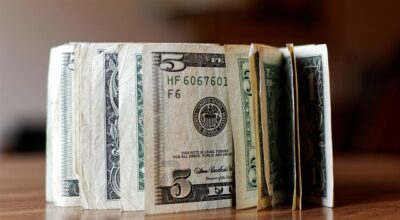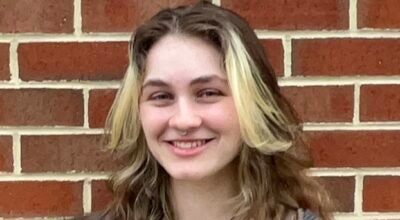Public education in Virginia
Published 8:00 pm Friday, October 4, 2019
Since the Great Recession, the General Assembly has increased funding for public education by nearly $4 billion.
We provided funding for a 5 percent teacher pay raise in 2019, the fourth teacher pay raise in six years. We are committed to attracting and retaining the best teachers for our students.
Virginia does spend less per pupil than some states, but our graduation rate is nearly 95 percent, our standardized test scores are above the national average, our college admissions rates are some of the best in the country, and CNBC ranked Virginia’s education system the best in the country in 2019.
We have taken major steps to address the teacher shortage, expanding provisional licensing rules and making it easier for veterans and military spouses to become teachers.
We reformed the state Standard of Learning tests, reducing the number of required tests from 22 to 17 and making major improvements to promote critical thinking and problem-solving skills.
We have held the line on bureaucracy in education, capping the number of support staff and administrators so that we can prioritize funding to teachers and the classroom. We are returning 40 percent of all lottery proceeds back to school divisions with no strings attached.
In Fiscal Year 2019, the Virginia Lottery had sales of more than $2.3 billion. Of this total, the Lottery generated nearly $650 million, or 28.3 percent of sales, for K-12 public education.
A report from the College Board stated that for the class of 2019 (high school): The average Virginia student fared better on the SAT this year than students across the U.S., according to data released Tuesday. Virginia students who graduated in the Class of 2019 had an average score of 1,119, compared with a 1,059 average nationwide, according to the College Board, the company that administers the college readiness exam.
Virginia’s public schools are financed through a combination of state, local and federal funds. The private sector also contributes through partnerships with schools and school divisions.
The apportionment of the state funds for public education is the responsibility of the General Assembly through the Appropriations Act. General fund appropriations serve as the mainstay of state support for the commonwealth’s public schools, augmented by retail sales and use tax revenues, state lottery proceeds and other sources.
Counties cities and towns comprising school divisions also support public education by providing the locality’s share to maintain an educational program meeting the commonwealth’s Standards of Quality.
While public education is primarily a state and local responsibility, the federal government provides assistance to state and local education agencies in support of specific federal initiatives and mandates.
As a reminder, refund checks authorized by this year’s budget bill are currently being mailed to qualified tax payers.
Our House Republican Majority worked day and night during the regular session to not only stop Democrats from hiking taxes by more than $1 billion but also establish a Taxpayer Relief Fund that will see any windfall from the Tax Cuts and Jobs Act returned to the taxpayers.
Individuals who filed a tax return should see a refund check of up to $110, while couples should see $220. Rebates will not be for more than the amount of taxes paid. A taxpayer who paid in a total of $50 in state income taxes would get a rebate of $50.
Taxpayers must also be up-to-date on their taxes, i.e., not owe back taxes to the commonwealth or any locality. If they do, rebates will be applied to those debts first.
Refunds began being mailed the week of Sept. 15.
Del. C. Matthew Fariss represents Buckingham in the Virginia House of Delegates. His email address is DelMFariss@house.virginia.gov.



